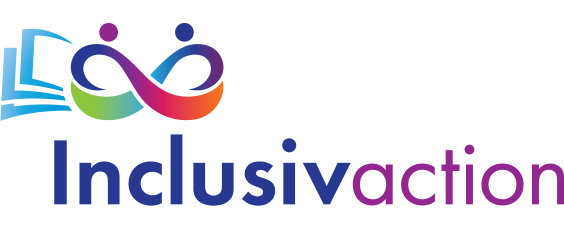Our values
The importance of neurodiversity
Neurodiversity : the neurological counterpart to biodiversity
Scientific literature is increasingly pointing out that each brain is unique. Unfortunately, our learning and work environments still cater to a fictitious "average" neurotypical person.
What is adequate for some is not necessarily so for others, creating inequalities in access to education and employment. This is the case for many neurodivergent people, who make up 20% of today's population.
Some people have access to support services, while others are able to thrive with the help of a caring and supportive environment.
Unfortunately, mostly due to intersectional factors, identification and support for a neurological difference isn't always easily accessible. This is mainly due to a lack of adequate training, incomplete identification tools and a difficulty in accessing services. As a consequence, many neurodivergent individuals face important barriers to educational success and job satisfaction.
The three "M"s: Missed, Misidentified or Misunderstood
- Some are missed because their neurodivergence is invisible or too subtle.
- Others are misidentified (or misdiagnosed), causing various degrees of additional visible or invisible distress.
- Many are also misunderstood by their peers, even after a neurodivergence has been identified. This is generally due to the a lack of understanding or the double empathy problem.
The 7 values that underpin our approach take these 3 "M"s into account.

Intersectionality
It’s important to consider all factors that play a role in neuroinclusion. Intersectionality as a value ensures that our approach takes multiple realities into account. This, in turn, helps us to help you find unique solutions based on your organisation.

Respect
Celebrating the differences and uniqueness of each person is what drives us. It is this difference that constitutes our wealth as a society.
Therefore, we favour a strengths and needs based approach to optimise these unique characteristics.

Collaboration
Knowledge and know-how are continually being evolving. While we bring our own expertise to the table, we also recognize and value the experience and expertise of others.
We believe that this co-creation is the key to success.

Active listening
Successful collaboration requires a willingness to listen to various and diverging points of view. This includes recognizing the varying experiences and views of employees, neurominorities, managers and researchers.
Constructive dialogue is the key to creating a lasting neuroinclusive environment.

Open-mindedness
Being open to and valuing the truths and experiences of others is essential to establishing a sustainable neuroinclusive environment.
Open-mindedness fosters productive, creative and versatile teams wether in In education or in the workplace.

Creativity
The experience of every neurodivergent person is just as unique as the organizational culture or the educational context in which they find themselves.
That's why we favour a creative approach that tends to the needs of both the person and their environment.

Expertise
All of our training, consultancy and assessment services are based on best- practices identified in the current scientific literature related to neuroinclusion.
We also collaborate with researchers as well as other specialists in the field of neuroinclusion in order to offer you the best possible consulting services.
